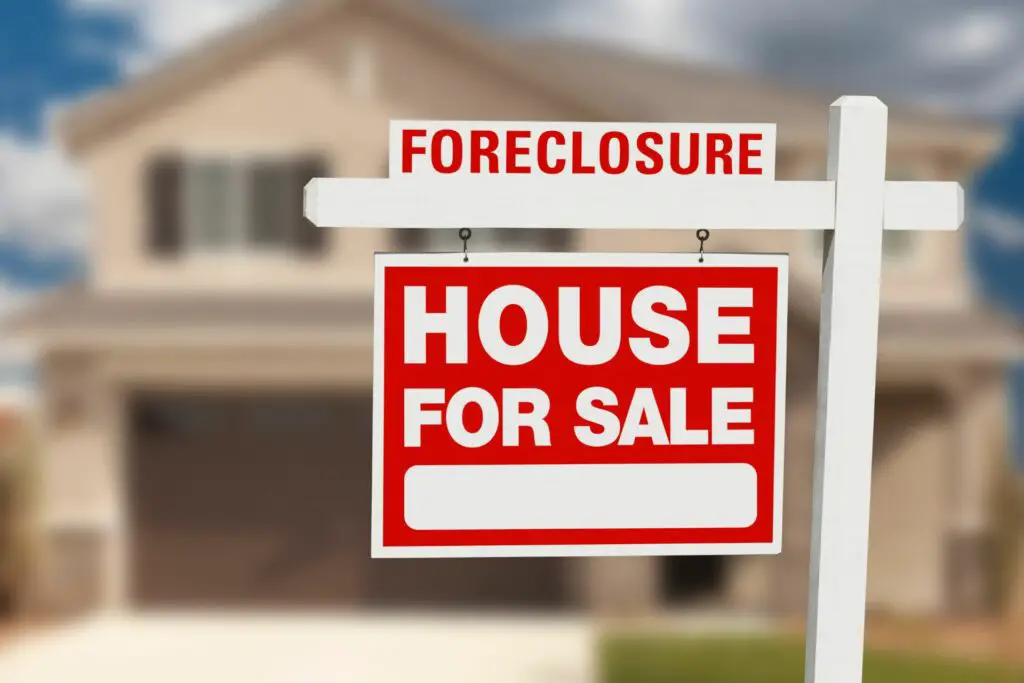Does more supply mean lower cost? The US housing market is facing a severe affordability crisis, and at its heart lies a contentious debate: supply skepticism. This term refers to the doubt about whether increasing the housing supply can truly bring down prices. This article aims to shed light on this skepticism, exploring its roots, impacts, and the puzzling disconnect between established economic principles and housing market realities.

Understanding Supply Skepticism
- Concept Clarification: ‘Supply skepticism’ is skepticism about the effectiveness of increased housing supply in reducing housing prices.
- Growing Influence: This skepticism has gained a notable presence in public discussions, particularly among some progressive housing advocates.
- Economic Theory vs. Housing Reality: Traditional economic principles suggest an increase in supply leads to lower prices, but this notion is often challenged in the context of housing.

The Housing Affordability Crisis
- Persistent Price Rises: Housing prices have soared even amidst high-interest rates, deepening the affordability crisis.
- Statistical Insights: According to the S&P CoreLogic Case-Schiller Home Price Index, home prices have significantly risen, adding to the affordability strain.
- Inflation and Housing: The housing sector plays a major role in overall inflation, further complicating the economic landscape.

Roots of Supply Skepticism
- Complex Origins: Supply skepticism stems from a mix of economic misconceptions and societal attitudes.
- Selective Economic Beliefs: People tend to accept the principles of supply and demand in other markets but often question them in housing.
- Homeowner Interests: Some homeowners resist new housing developments to keep their property values high, which adds to the affordability problem.
Consequences of Ignoring Supply and Demand
- Restricted Housing Options: Opposing new development results in a shortage of affordable housing.
- Zoning Law Impacts: Stringent zoning laws in cities like Los Angeles limit new housing development, especially in single-family zones.
- Unequal Distribution of Development: Often, new affordable housing is pushed into lower-income neighborhoods, leading to socioeconomic imbalances.

Revisiting Supply Skepticism
- Research Insights: Increasing housing supply has been shown to moderate rent increases and help ease housing shortages.
- Advocacy Paradox: Advocates for affordable housing sometimes unintentionally worsen the problem by opposing new developments.
- Necessity for a Balanced Approach: Tackling the crisis effectively requires recognizing the importance of supply in housing affordability and revising zoning policies.
Conclusion
Supply skepticism in the US housing market presents a unique and challenging dilemma. While logically, more supply should mean lower prices, deep-rooted skepticism, and varied interests hinder practical solutions. To truly tackle the housing affordability crisis, a shift in perspective is needed, one that embraces the importance of increased supply while considering other economic and social factors.
Resource: Forbes
Related posts:
 Personal Loan vs. Equity Loan: 5 Main Differences You Need to Know Now
Personal Loan vs. Equity Loan: 5 Main Differences You Need to Know Now
 FHFA Conforming Loan Limit Hike to $766,550 in 2024: Implications and Analysis
FHFA Conforming Loan Limit Hike to $766,550 in 2024: Implications and Analysis
 20 Hottest Housing Markets in America as of May 2024
20 Hottest Housing Markets in America as of May 2024
 Realtors: Coronavirus Starts Slowing Down Housing Market
Realtors: Coronavirus Starts Slowing Down Housing Market
 KBIS 2024’s DesignBites 10 Kitchen and Bath Innovators
KBIS 2024’s DesignBites 10 Kitchen and Bath Innovators


